Generally we connect to several SQL Server instances. Once connected successfully, this server history is shown in the drop down list as shown below. In some cases we might have similar names for servers as such as using P for production, D for Development, U for UAT and T for Test environments. Because of this there may be a chance that we connect to the wrong server. Also, there may be times when we connect to servers infrequently or a server may go away, but the name is still in the list. For these types of scenarios we want to clear the server list and only show servers we really need to work with, but unfortunately there is not an option within SSMS.
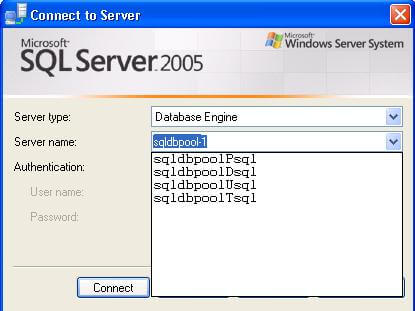
Solution
Unfortunately there is not a simple solution to clear the history from within SSMS, but following the below steps for SQL 2005 and SQL 2008 you can clear the history.Step 1
Make sure that the "SQL Server Management Studio" is not opened.
Step 2
Open a run box as shown below and enter:
For SQL Server 2005
%APPDATA%\Microsoft\Microsoft SQL Server\90\Tools\Shell\
For SQL Server 2008
%APPDATA%\Microsoft\Microsoft SQL Server\100\Tools\Shell\
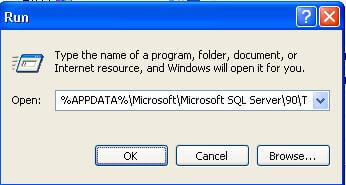
The above command will open the application data folder of your logged in account and then do the following.
SQL Server 2005
Search for file mru.dat and you can either rename or delete this file.
SQL Server 2008
Search for file SqlStudio.bin and you can either rename or delete this file.
Note that if you use Run As… to open SSMS, you have to change the profile name in the path to match the Windows account and delete the appropriate file.
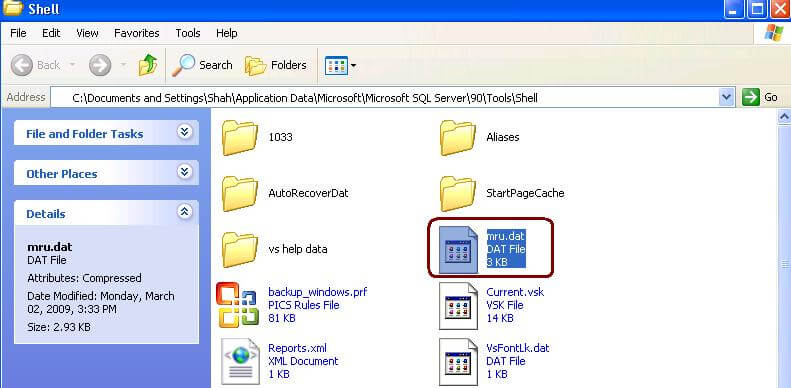
Once you renamed or deleted the mru.dat or SqlStudio.bin file and start SSMS againg you will not see any recent servers in the list.
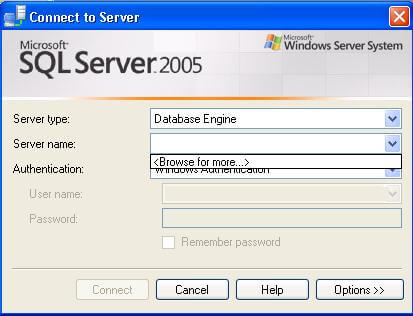
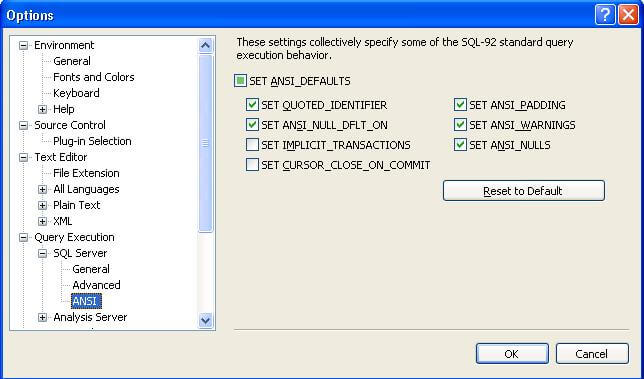
No comments:
Post a Comment